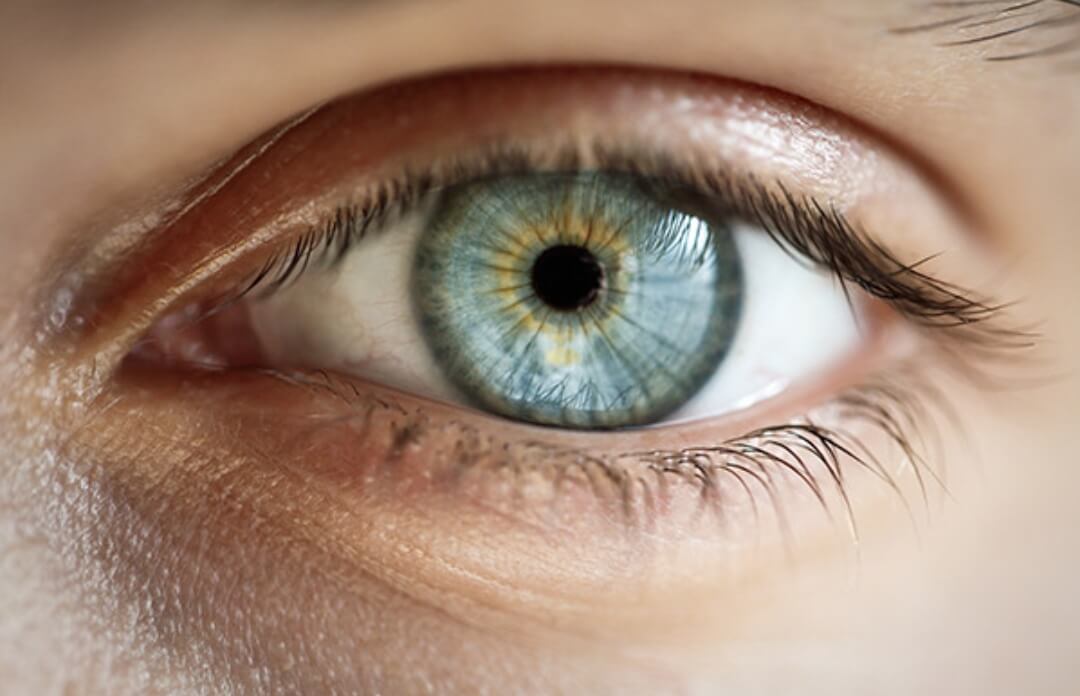
Managing vitreo-retina and uvea practice in post-COVID-19
The coronavirus disease became a pandemic in early 2020. The disease spread rapidly through droplet transmission. A nationwide lockdown has been imposed in several countries around the world, including India, in a bid to control the pandemic. The post-pandemic era is having a major impact on physicians and their protocols in the management of vitreo-retina and uvea practice.
Scanning retina: Physicians should exercise caution when making decisions about testing. Preference may be given to essential and critical examinations. Non-invasive examination modalities that are less time-consuming or involve no patient contact are preferred in vitreo-retina and uvea practice.
As an alternative to dye-based angiography, both optical coherence tomography (OCT) and optical coherence tomography angiography (OCTA) can be used. Simple protocols that can be performed in a few seconds are preferred.
It is best to avoid procedures such as indocyanine green (ICG) angiography, which require a longer consultation time and should only be performed when other examination modalities do not provide the information needed for a definitive diagnosis or treatment strategy.
B-scan ultrasound, although a non-invasive modality, has the probe in contact with the patient’s eye. If scanning becomes mandatory, additional cleaning precautions will need to be taken. Electrophysiology testing is best avoided unless necessary.
Retinal Laser: While the indications for laser treatment would remain the same, we may need to prioritize them in practices that are overburdened and wish to reduce the number of patients each Day
Intravitreal Injections (IVI): Guidelines for Intravitreal Injections during this unprecedented COVID time – Only 19 times are suggested when high-volume practices have usage preferences. These are subject to change depending on the patient load at each health center and the suspected transmissibility of the virus in the region. Urgent need for IVI (injection within 3 weeks).
Stable neovascular AMD in which routine intravitreal injection has been postponed due to lockdown. In addition to the usual practices being observed with the COVID-19 era, a few extra issues are:
1)All our protocols for Intravitreal injections must be in sync with the measures being taken through the government and the consensus announcement on desired practices for the duration of the COVID-19 pandemic through AIOS.
2)The injections must receive with the affected person sporting a mask and drape and the individual injecting must put on a gown, N95, face shield (Personal shielding equipment – PPE) or as in line with their institute’s protocol. Between the injections 10-15 mins time may be given for the duration of which scrubbing can happen
3)The injections ought to now no longer be loaded and saved at the trolley earlier for all of the Intravitreal injections scheduled that day.
During the pre-COVID-19 times, several establishments have created separate areas (following all norms) for Intravitreal injections within the OPD to save you from disruption of OT workflow.
Follow-up after intravitreal injections: The predominant goal of follow-up is to make sure that the affected person does now no longer broaden any put-up injection intraocular inflammation. Ideally, the affected person can be known as for assessment in 24-72 hours. However, in those Covid times, protocols must be modified according to situations.
You can enroll in a new course by clicking on the link: https://lvpei.docmode.org/vitreo-retina-series/
